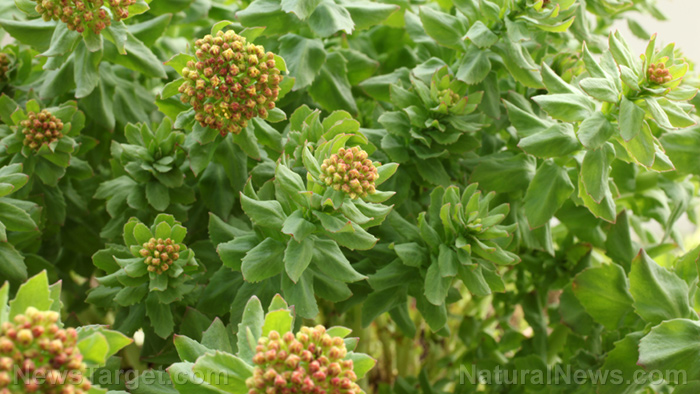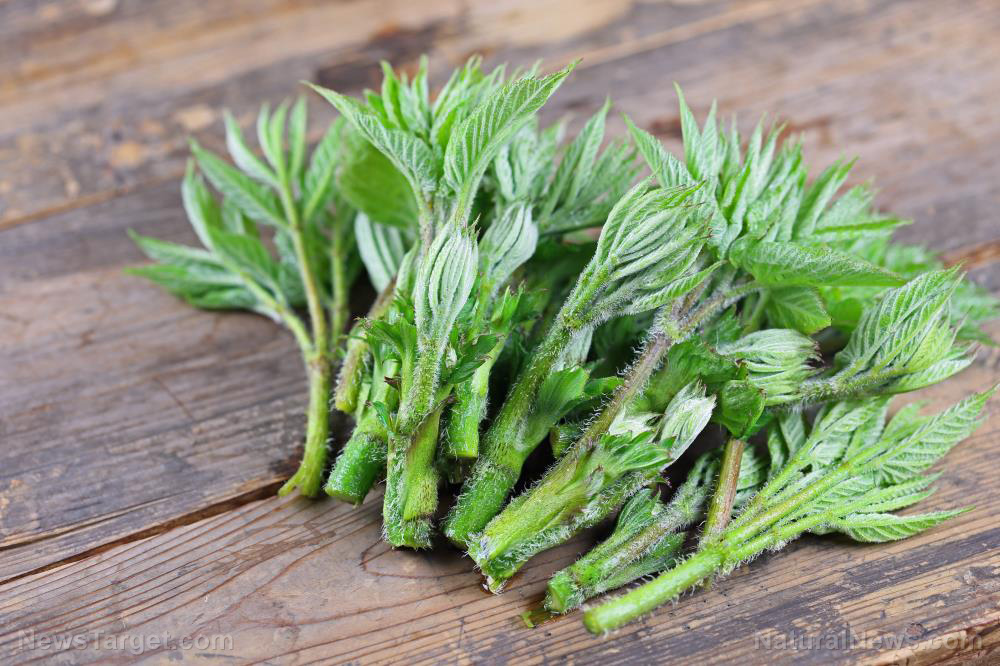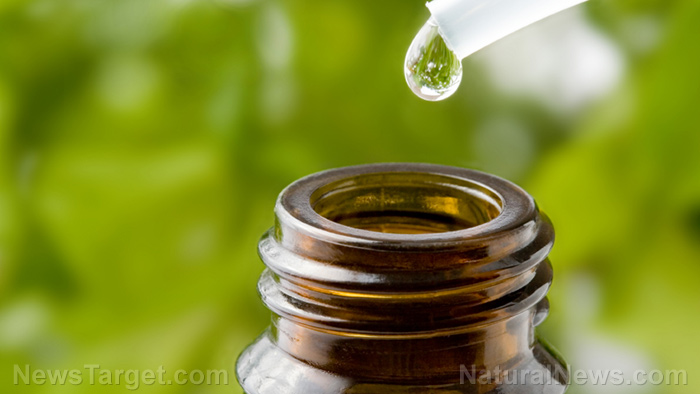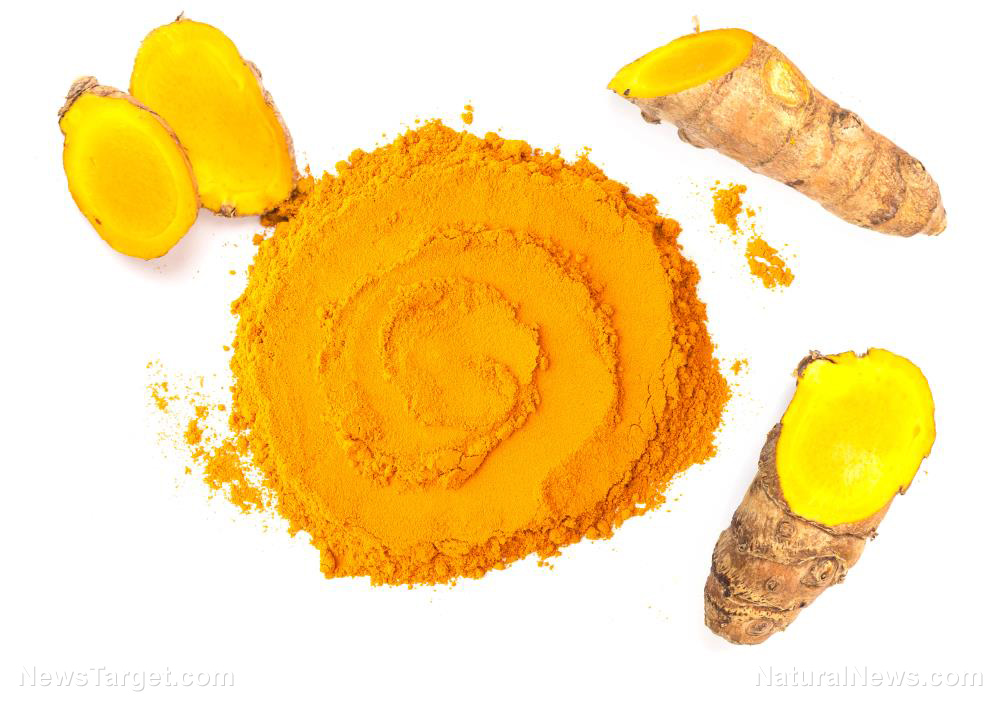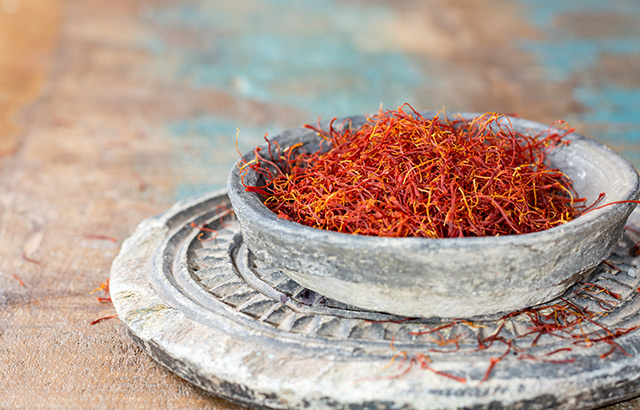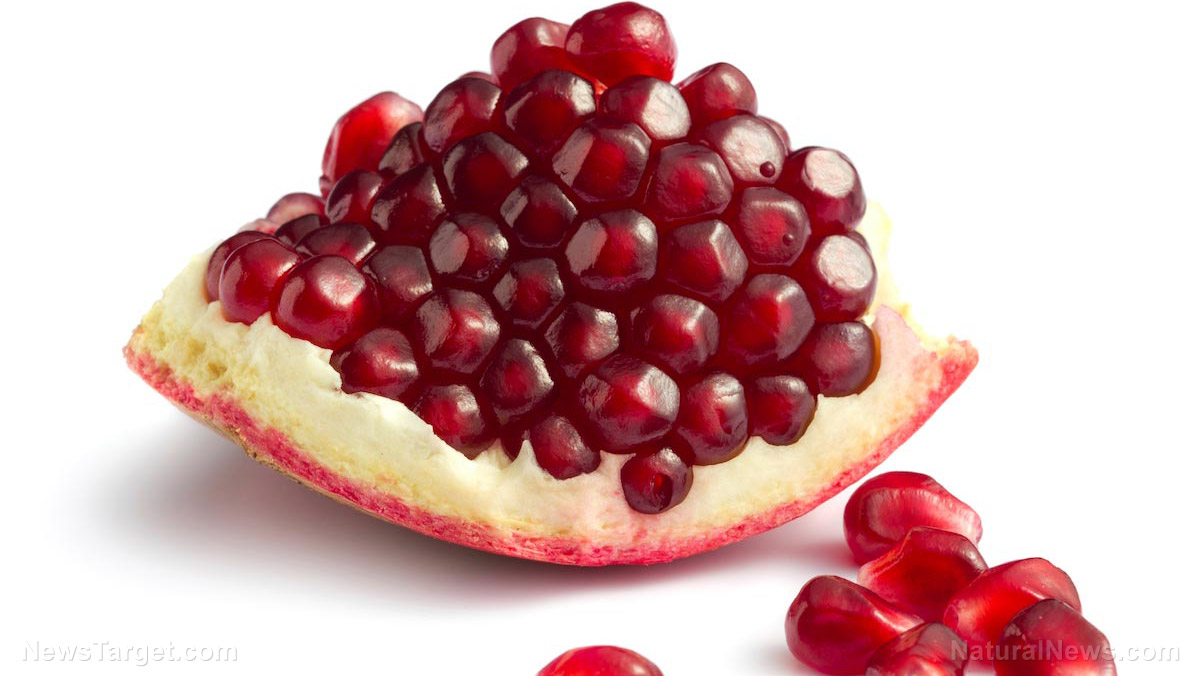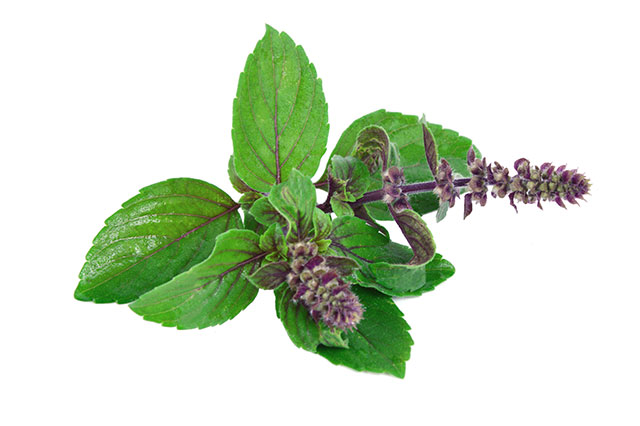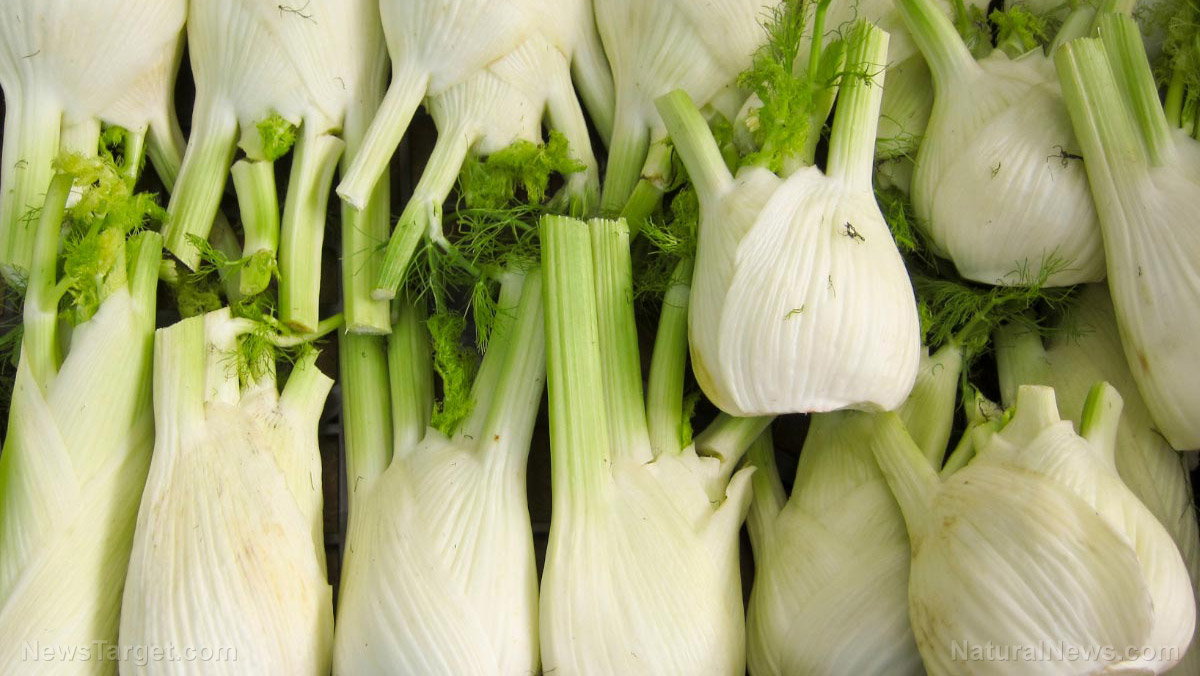This medicinal plant from Iran exhibits significant antibacterial properties and may be a good natural antibiotic
01/22/2019 / By Ralph Flores

A study from the Shahid Bahonar University of Kerman in Iran has found that Semenovia suffruticosa, a member of the parsley family and a plant native to the region, contains significant antibiotic potential. In their study, which was published in the Journal of Dietary Supplements, the team investigated the essential oil of S. suffruticosa, in particular, its antibiotic properties against certain multidrug-resistant bacteria.
The team looked at the essential oils of S. suffruticosa that have been grown in different parts of Kerman province in Iran, evaluating each for its ability against the following bacteria:
- Pseudomonas aeruginosa — A bacterial strain responsible for severe hospital-related infections.
- Klebsiella pneumoniae — An antibiotic-resistant bacteria found in ventilators (breathing machines), intravenous catheters, or contaminated environments.
- Acinetobacter — A bacterial strain considered a public health threat by the Centers for Disease Control and Prevention because of its resistance to multiple antibiotics.
- Staphylococcus aureus — A certain form of S. aureus called MRSA is resistant to multiple antibiotics and can cause skin infection, pneumonia, and even sepsis.
- Streptococcus pneumoniae — A study in the American Journal of Therapeutics have found that up to 40 percent of S. pneumoniae isolates are resistant to at least one type of antibiotic.
In addition, they also looked at the physicochemical properties of the essential oil of S. suffruticosa, as well as its minimum inhibitory concentration, that is, the lowest concentration of a chemical for preventing bacterial growth.
Their results found that environmental conditions can impact that amount of yield and the chemical composition of the essential oil. For instance, the greatest yield came from S. suffruticosa grown in the mountainous regions of Laleh Zar in Kerman province. However, the main component for each was different, ranging from Z-beta-ocimene, linalool, and beta-pinene, depending on where it was grown. In particular, this essential oil had a MIC value of 1.25 mg/mL against S. aureus and S. pneumoniae, while that from Bidkhan, another region in the province, had significant antibacterial activity against K. pneumoniae.
“The results of this study confirm that the significant antibacterial effects of S. suffruticosa and make it a valuable compound in essential oils for pharmaceutical use and a good replacement for chemical antibiotics,” the researchers concluded in their report. “Environmental conditions can result in a difference in yields and components; this can be considered [a] significant potential for this plant.” (Related: Antibiotic-resistant bacteria on the rise; what can you do NOW to stay healthy?)
Other natural and safe antibiotics
It’s not just antibiotic resistance that people should be worried about when it comes to using antibiotics. According to the National Health Service, the public health agency of the U.K., at least 10 percent of people taking antibiotics experience an adverse reaction after taking them. In addition, at least one in 15 people are allergic to at least one type of antibiotic.
Here are just some natural antibiotics that you can readily use. (h/t to MedicalNewsToday.com.)
- Garlic. It’s been known for its ability to treat and prevent many diseases, but studies have shown that garlic is potent against many forms of bacteria, including salmonella and E. coli. It’s been even considered against multi-drug resistant tuberculosis.
- Honey. In a 2011 study in the Asian Pacific Journal of Tropical Biomedicine, researchers have found that honey is able to inhibit at least 60 kinds of bacteria — even MRSA.
- Clove. Researchers are now looking at the potential of clove to treat bacterial infections, including E. coli.
Learn more about other essential oils with antibiotic properties at EssentialOils.news.
Sources include:
Tagged Under: alternative medicine, antibacterial properties, antibiotic resistance, drug-resistant bacteria, essential oils, natural antiobiotics, Semenovia suffruticosa




